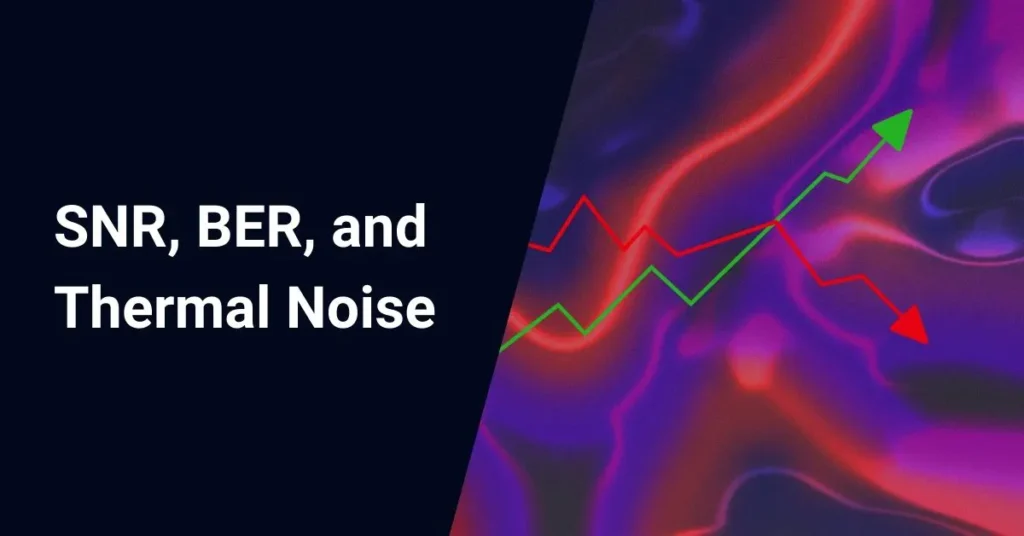This OSNR calculator is a handy tool for anyone working with fiber optics, especially when dealing with EDFAs (Erbium-Doped Fiber Amplifiers).
So, what does this calculator do? It figures out the Optical Signal-to-Noise Ratio (OSNR) after a signal passes through an EDFA. This is super important because it tells us how clear and strong our signal is compared to the noise.
Here’s how you use it:
First, you’ll see some boxes to fill in. Don’t worry, it’s not too many! You’ll need to enter:
- Input OSNR (in dB)
- Input Signal Power (in dBm)
- Noise Figure (in dB)
- Channel Bandwidth (in Hz)
- Frequency of Light (in Hz)
Once you’ve put in these numbers, just hit the “Calculate” button. Easy, right?
Now, let’s talk about what’s happening behind the scenes. The calculator uses a formula that looks a bit scary, but I’ll break it down for you:
Output OSNR = 1 / (1 / Input OSNR + (Noise Factor × h × f × B) / Input Signal Power)
Here, h is Planck’s constant (a tiny number: 6.62607 × 10^-34), f is the frequency of light, and B is the channel bandwidth.
The calculator does all the hard work for you. It takes your inputs, crunches the numbers, and gives you two results:
- Output OSNR (as a regular number)
- Output OSNR in dB (which is often more useful in practice)
If you make a mistake or want to start over, no problem! Just hit the “Reset” button, and all the fields will clear out.
This calculator is great for engineers and technicians working on fiber optic networks. It helps them predict how well their signal will hold up after going through an amplifier. This is crucial for designing networks that can send data over long distances without getting too fuzzy.
Remember, this calculator is for a single EDFA. If you’re dealing with multiple EDFAs in a row, you can use the output of one calculation as the input for the next. It’s like following a signal as it hops from one amplifier to the next!




